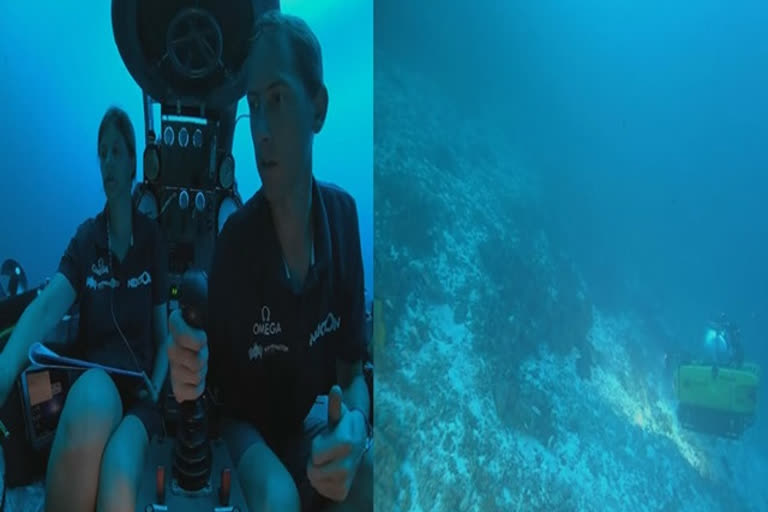Alphonse Atoll, Seychelles: As part of a mission to document changes taking place beneath the Indian Ocean, members of the British-led Nekton research scientists boarded two submersible vessels and descended into the waters off the Seychelles on Tuesday.
In a defining moment, the members of the research team broadcast first live television-quality video images beneath the ocean via cutting edge wireless technology, sending video optically through the waves.
The first transmission came from 60 meters down.
The mission's principle scientist Lucy Woodall boarded the first submersible. Before leaving the mother ship, Woodall described it as "really exciting".
"We can already tell that while we've been descending, above us the animals and communities look really different," she said, adding that "until you come down and have a look you've really just no idea what would be down here," she said.
The undersea craft will be using optical video transmission techniques where the pictures transmit through the waves using the blue region of the electromagnetic spectrum.
Previous real-time video transmissions from the world's deep oceans have been live-streams from remotely-operated unmanned subsea vehicles.
Also Read:Flight returns after mother forgets baby at airport
Mission director Oliver Steeds said the plan was to start at around 60-80 metres, and then dive deeper.
Monsoon storms and fierce underwater currents continue to present a challenge at greater depths.



